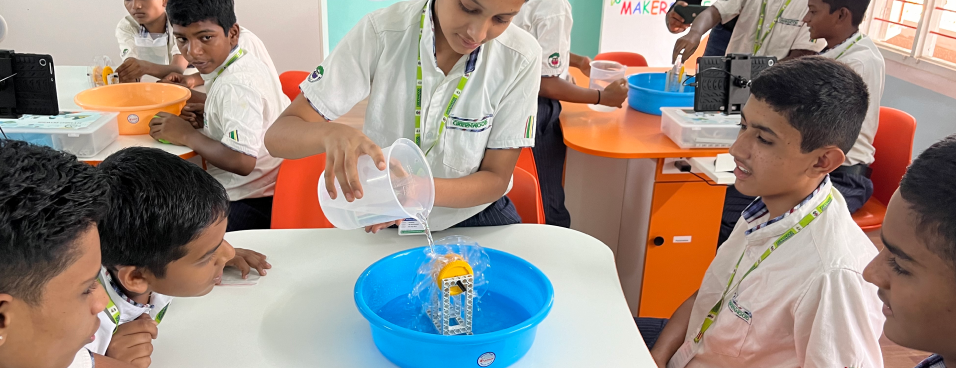Unlocking Modern Learning Potentials: How Schools
Can
Leverage Technology

In an era of rapid technological advancement, the way we educate our students is evolving at an unprecedented pace. The integration of technology into education has become more than just a trend; it's a necessity. Schools are no longer confined to traditional teaching methods but are expanding horizons through the integration of cutting-edge technology. Embracing these advancements not only enhances the educational experience but also equips students with the skills needed for the future. However, it's essential to understand why leveraging such technology is imperative for schools today.
1. Engaging and Interactive Learning:
Traditional teaching methods often struggle to captivate the attention of today's tech-savvy generation. By integrating technology, lessons become more interactive, engaging, and relatable, catering to different learning styles. AR/VR can transport students to historical monuments or facilitate immersive learning experiences, making abstract concepts tangible and easily comprehensible
2. Fostering Critical Skills:
The workplace of the future demands skills such as problem-solving, critical thinking, and adaptability. Technology-integrated education nurtures these skills by encouraging students to explore, experiment, and collaborate while working on projects involving robotics, coding, or 3D modeling.
3. Bridging the Gap Between Education and Industry:
In today's competitive landscape, schools must prepare students for the real world. By exposing them to engineering applications, cutting-edge technology like AI, robotics, and 3D printing, schools can align their curriculum with modern industry practices, ensuring students are well-prepared for future careers.
4. Overcoming Practical Challenges:
Technology like Virtual Reality addresses the limitations of traditional field trips. Practical challenges, such as taking students on underwater tours or exploring coal mines, might be prohibitive due to affordability and logistics. However, VR makes these experiences possible, enriching education beyond the constraints of physical boundaries.
5. Customized Learning Experience:
Technology allows for personalized learning experiences tailored to individual student needs. Adaptive learning software powered by AI can assess students' strengths and weaknesses, providing customized learning paths to optimize their academic growth.
6. Creating a Competitive Advantage:
Schools that embrace technology gain a competitive edge. They attract students, parents, and educators who value forward-thinking education, positioning themselves as pioneers in modern learning methodologies.
Embracing the Future of Education
The transformation of education through technology isn't just a trend; it's a fundamental shift toward preparing students for a future driven by innovation and technological advancements. Schools need to prioritize the integration of modern tools and methodologies to create an environment where learning is not just informative but also transformative.
Schools' commitment to embracing technology will not only benefit the institution but will also empower students to thrive in a world where adaptability and technological literacy are paramount. We should pave the way for a future where education transcends boundaries and empowers the leaders, creators, and innovators of tomorrow.
CognoSpace stands as a testament to the possibilities that technology offers in education. By setting up modern makerspaces and leveraging advanced tools, it aims to revolutionize learning experiences.
